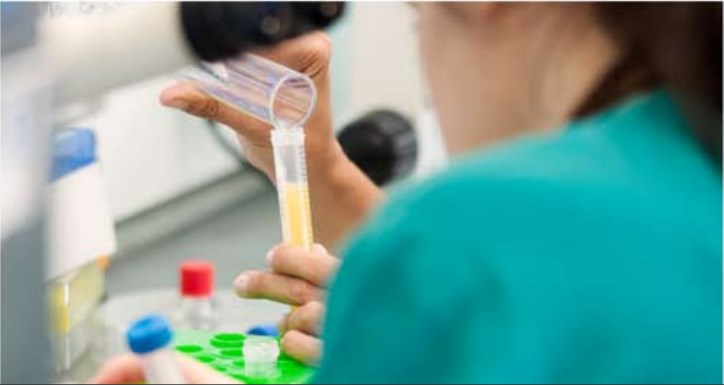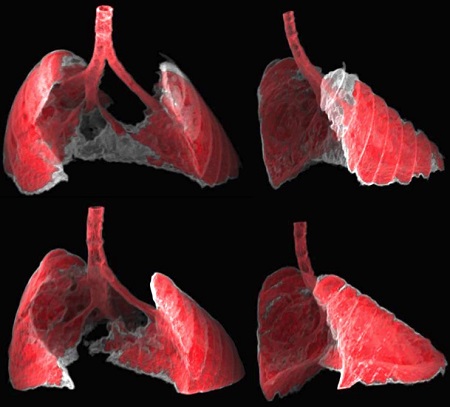Science and welfare of the Laboratory animal: New theorical and practical course by JUMISC
• Total duration: 98.5 hours, from November 2 to November 30, 2018, with a semi-face-to-face format and mandatory face-to-face practices on November 26, 27 and 28, 2018.
• Cost: € 300
• 25 Places by strict order of registration.


















